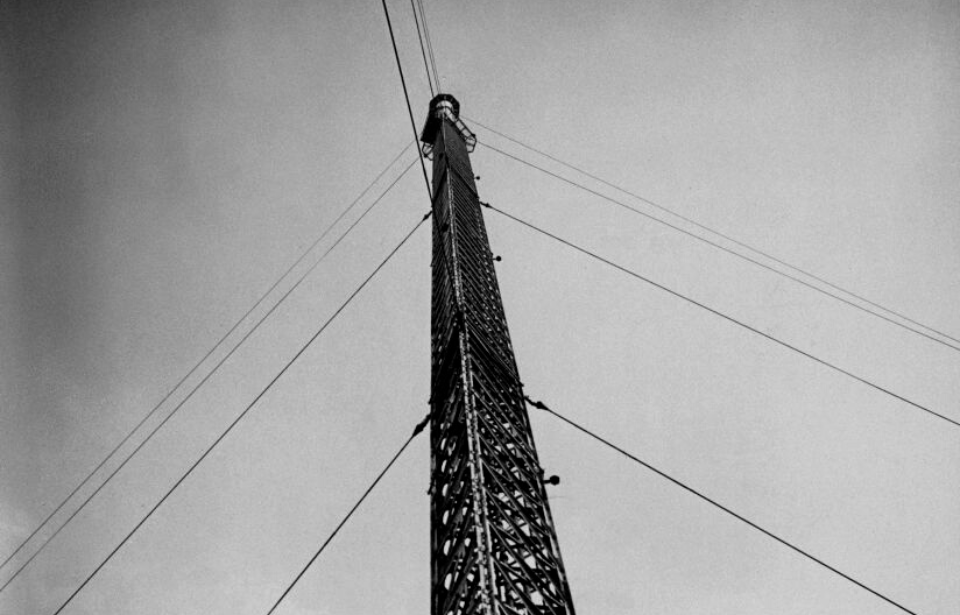Twenty-four hours a day, seven days a week for the last forty or so years, an eerie, monotonous tone has been broadcast over MDZhB. Once or twice a week, the static tone with a fog-horn type sound every few seconds is interrupted by a man or woman who reads out several random words before the station returns to its usual broadcast. Located not far from the city of St. Petersberg, there is one thing that makes this Russian radio station stick out from the rest: no one runs it.
The MDZhB station has been broadcasting on its own since the late ’70s and no one knows why. The mystery has created a following of conspiracy theorists who tune in by the thousands and call the station “the Buzzer.” Even experts like David Stupples, who specializes in signals intelligence at City University in London, England, can’t figure out why the broadcast has continued for this long with “no information in the signal.”
Who is behind the ghost station?
The most likely explanation for the eerie ghost radio station is that the frequency belongs to the Russian military, but they have never confirmed it. Some conspiracy theorists believe the station broadcasts to submarines while others are convinced they are communing with aliens.
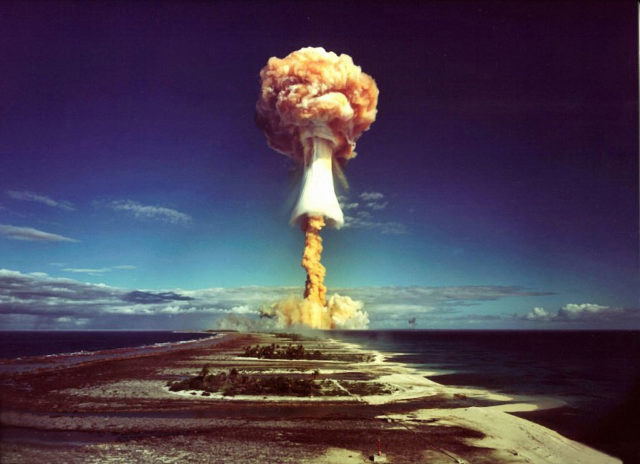
Interestingly, the frequency dates back to the Cold War but as the Soviet Union began to collapse, the station’s activity only got stronger. One idea behind the strange tone on the broadcast is known as a “Dead Hand” signal. If Russia is ever hit by a nuclear attack, the tone on the frequency would stop and automatically signal a counterattack – sending a barrage of nuclear weapons toward the enemy without a second thought.
The signal tells a different story
The radio signal itself could also explain the phenomenon. The ghost station uses a type of low radio frequency called shortwave. Shortwaves, unlike local radio waves, can travel much further and penetrate buildings or landmarks that slow down radio waves from your favorite local radio station. If you are looking to transmit a signal that could warn of a nuclear attack from across the world, shortwaves are the only way to do it. Important transmissions from ships, planes, and militaries all use the reliable shortwave for this reason.
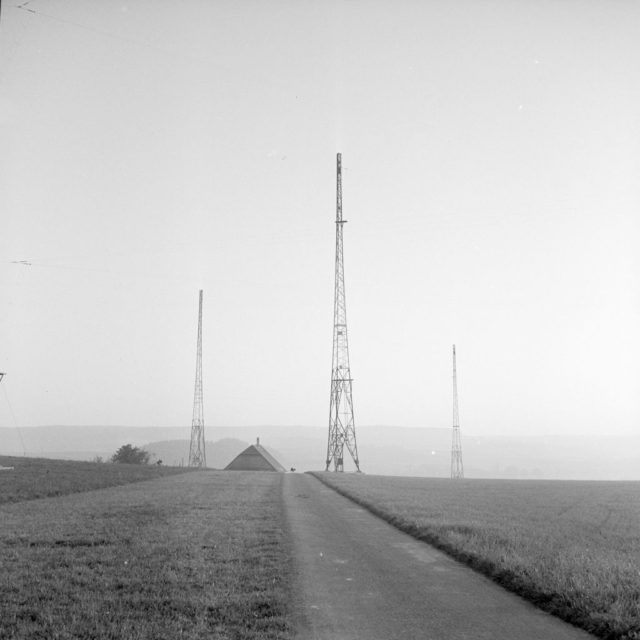
During the day, shortwaves travel at a higher altitude while at night they sink closer to Earth. To avoid dropping the signal most global stations like BBC World Service will change the frequency throughout the day, but the “Buzzer” doesn’t do this.
Another explanation for the Buzzer’s cryptic messages dates back to the 1920s. Around this time, the All-Russian Co-operative Society (known as Arcos) was created to facilitate trade between the UK and the Soviet Union but in 1927 a British MI5 agent stumbled upon some suspicious activity in the London Arcos building.

The agent had seen an Arcos employee sneaking into a communist news office in London, prompting police to storm the Arcos building. In the basement, they discovered a secret room filled with workers hastily burning documents. Luckily, the British already knew everything contained in the burned documents – they had been listening in on the Russians for years, unraveling all of their encoded information.
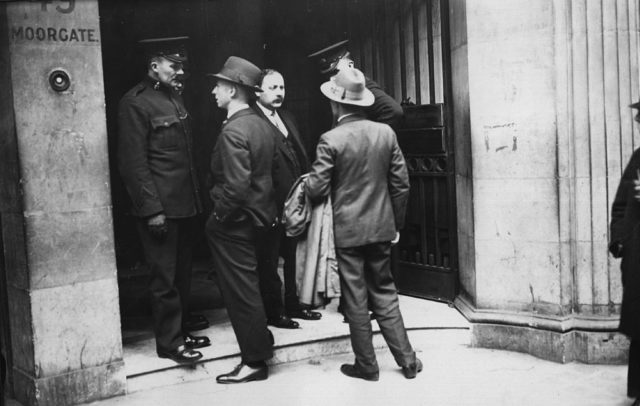
The blunder made the Russians realize they needed a new way to encrypt information. They immediately switched to the “one-time pads” system, which used a randomized key generated by the person sending the message which is shared only with the person on the receiving end. This meant that even if others listened in, no one could understand the coded messages passing through the radio.
Soon several “numbers stations” were built to broadcast the codes. These radio stations could transmit signals to Russian operatives around the world. Other countries took on the idea, including the UK, creating a network of numbers stations across the globe. It seems like the Buzzer fits in with these stations used to broadcast codes.
What is the Buzzer used for?
The numbers station theory matches the strange voices that broadcast random Russian words over the ghost station a couple of times a week, but it seems like an outdated way to communicate in this high-tech world.
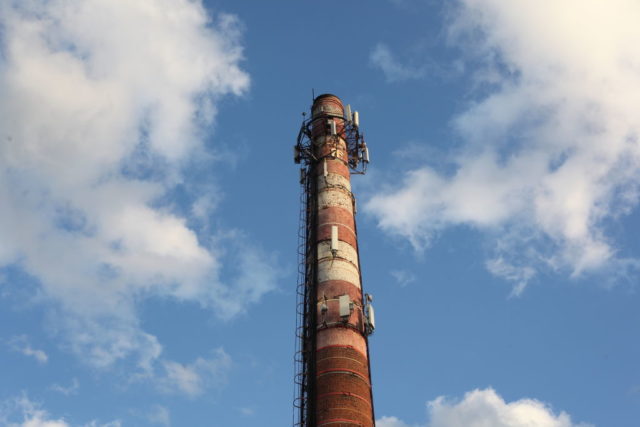
Ultimately, the best theory behind the strange Buzzer broadcasts is that the eerie tone is simply a way of claiming the frequency to use in case of an emergency. And if a nuclear attack ever knocks out other information technology, the Russian government could always fall back on its trusty radio system to keep information flowing.
More from us: Hashima Island: Mitsubishi’s Abandoned Coal Mining Hub
While we may never know who is behind the mysterious radio station, if the conspiracy theorists are right, we hope the creepy tone never stops.
